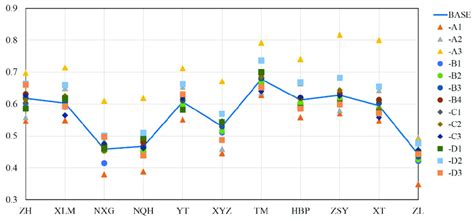Understanding Water Usage in Townships
Access to clean water is fundamental to human well-being and economic development. In townships, where infrastructure can be limited, understanding the consumption patterns for township taps is crucial for planning, management, and ensuring equitable water distribution. This article explores the various factors that influence water consumption in townships and the implications for water security and sustainability.

Key Determinants of Water Consumption
The consumption of water in townships is influenced by several key determinants, including:
- Household Size and Composition: Larger households and those with children generally consume more water.
- Socioeconomic Factors: Income, education, and occupation can impact water consumption patterns.
- Water Availability: The reliability and quality of water sources affect consumption patterns.
- Plumbing and Infrastructure: Properly maintained plumbing fixtures and adequate water pressure influence water usage.
- Climate and Seasonality: Temperature and rainfall patterns can significantly impact water demand.
- Cultural Practices: Religious and cultural beliefs can influence water consumption practices.
Consumption Patterns and Statistics
According to the World Health Organization (WHO), the average daily water consumption for household use in developing countries ranges between 20 and 50 liters per person. However, in South Africa, the Water Research Commission estimates that water consumption in townships can vary significantly, with some households using as much as 200 liters per person per day.
Implications for Water Security and Sustainability
High water consumption patterns can strain limited water resources in townships, leading to water shortages, rationing, and increased vulnerability to droughts. To ensure water security and sustainability, it is crucial to:
- Promote water conservation practices and educate communities on efficient water usage.
- Invest in infrastructure upgrades and maintenance to reduce water losses.
- Explore alternative water sources, such as rainwater harvesting and groundwater utilization.
- Implement pricing mechanisms that incentivize responsible water consumption.
Common Mistakes to Avoid
When addressing water consumption patterns in townships, it is important to avoid the following common mistakes:
- Overgeneralization: Consumption patterns can vary widely within townships, so it is essential to avoid generalizations based on limited data.
- Neglecting Context: Cultural, social, and economic factors must be considered when developing water consumption strategies.
- Focusing Solely on Consumption: Water scarcity can result from both high consumption and limited supply, so both aspects should be addressed.
Pros and Cons of Township Taps
Pros:
- Convenient and Accessible: Provides a reliable water source within close proximity to households.
- Improved Sanitation: Access to clean water reduces the risk of waterborne diseases.
- Reduced Time Spent on Water Collection: Frees up time for other activities.
Cons:
- Potential Contamination: Taps can become breeding grounds for bacteria if not properly maintained.
- High Costs: Installing and maintaining township taps can be expensive.
- Inequitable Distribution: Some areas may experience water shortages while others have surplus.
Frequently Asked Questions (FAQs)
- What is the average water consumption in South African townships?
Approximately 20 to 50 liters per person per day, but can vary significantly.
- What factors influence water consumption patterns in townships?
Household size, socioeconomic factors, water availability, plumbing infrastructure, climate, and cultural practices.
- What are the implications of high water consumption patterns in townships?
Water shortages, rationing, increased vulnerability to droughts, and strain on water resources.
- How can we ensure water security and sustainability in townships?
Promote water conservation, invest in infrastructure, explore alternative water sources, and implement pricing mechanisms.
- What are the pros and cons of township taps?
Pros: Convenient, improved sanitation, time savings. Cons: Potential contamination, high costs, inequitable distribution.
- How can we address inequitable water distribution in townships?
Conduct needs assessments, expand access to township taps, and implement equitable water allocation policies.
Conclusion
Consumption patterns for township taps are complex and influenced by a range of factors. Understanding these patterns is crucial for developing effective water management strategies that ensure water security, sustainability, and equitable distribution. By addressing the determinants of water consumption, avoiding common mistakes, and leveraging appropriate technologies, townships can enhance their water resilience and create a healthier and more sustainable future for their communities.
